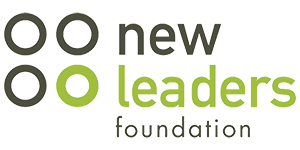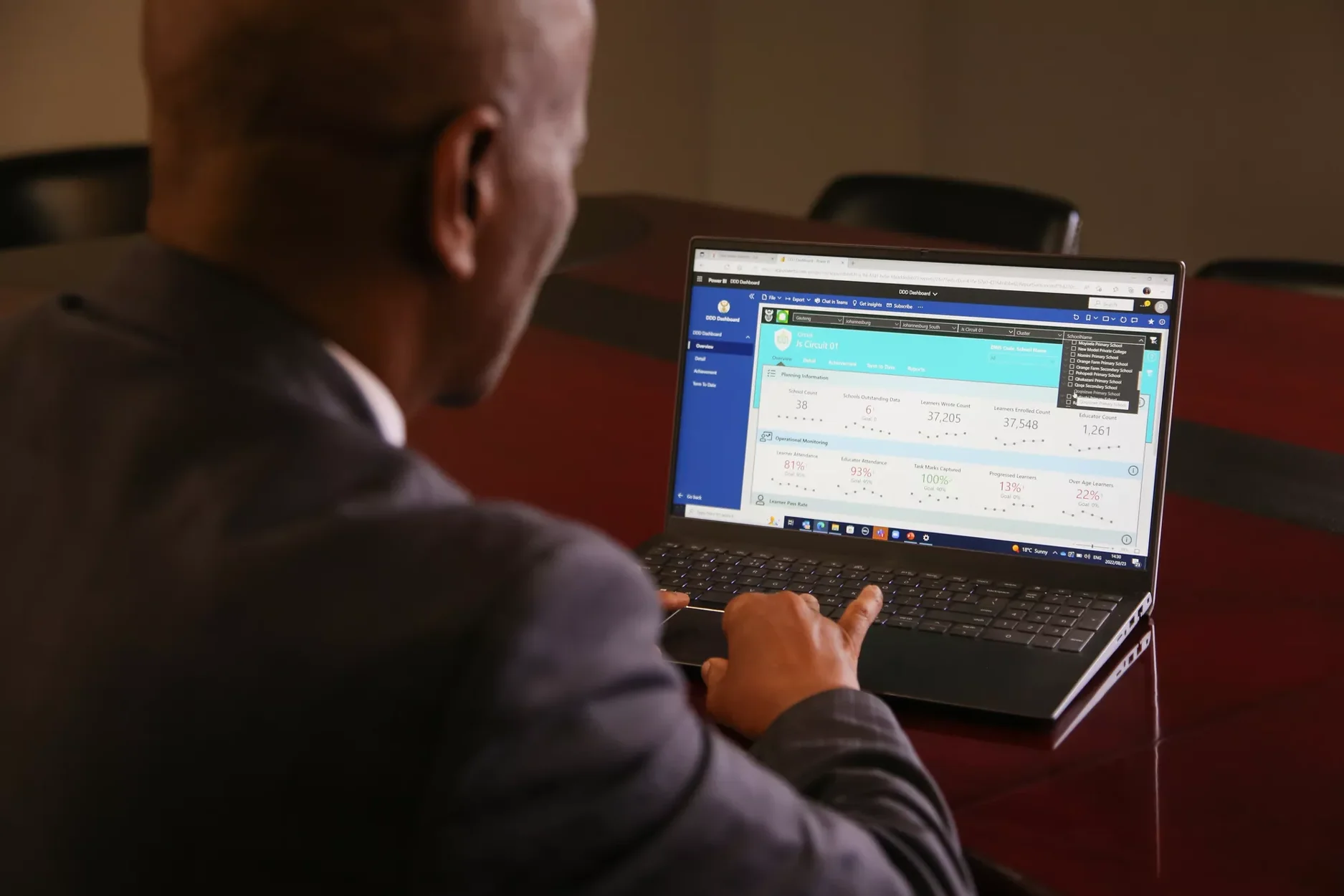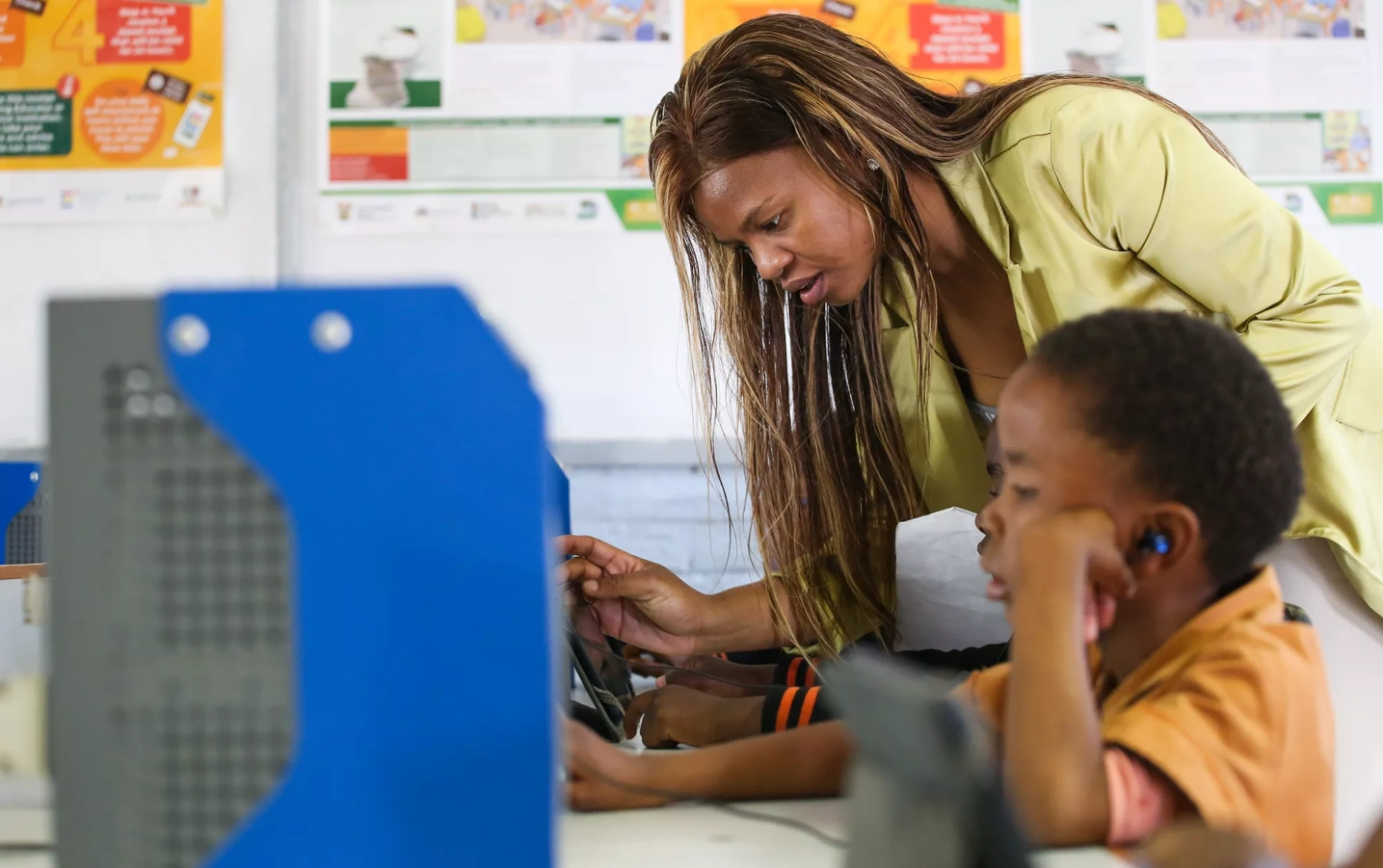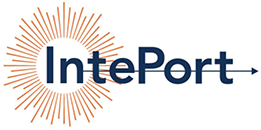Historically, South African schools tracked learner progress manually, making it difficult for educators to identify learning gaps and intervene effectively. In 2012, we partnered with the Department of Basic Education (DBE) to design, build and launch the Data Driven Districts (DDD) program, providing educators with timely, actionable data to drive learner success.
DDD connects data systems and provides near real-time insights on attendance, exams, and progression through easy-to-read dashboards, equipping teachers with the tools to better support their learners’ growth and development.












